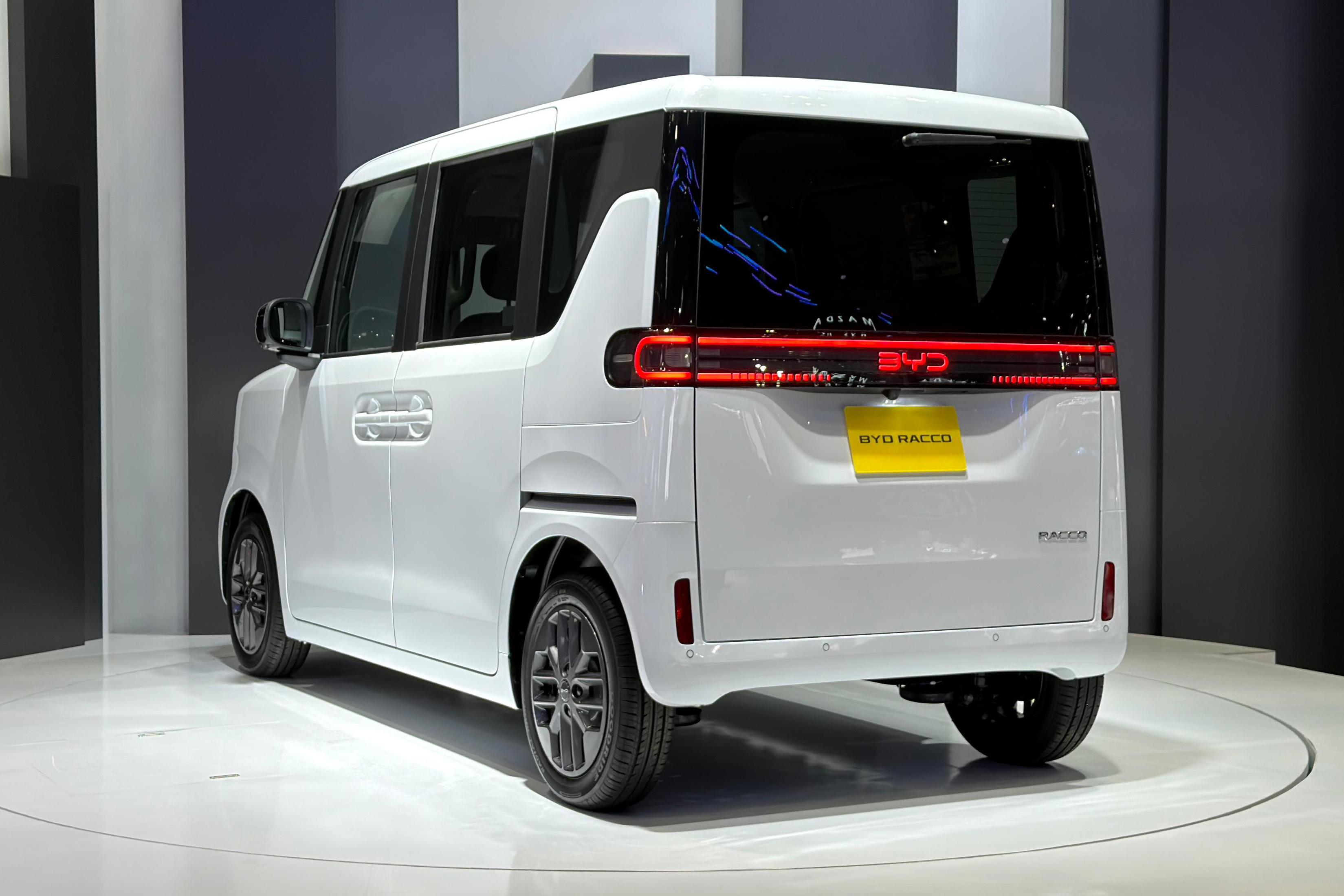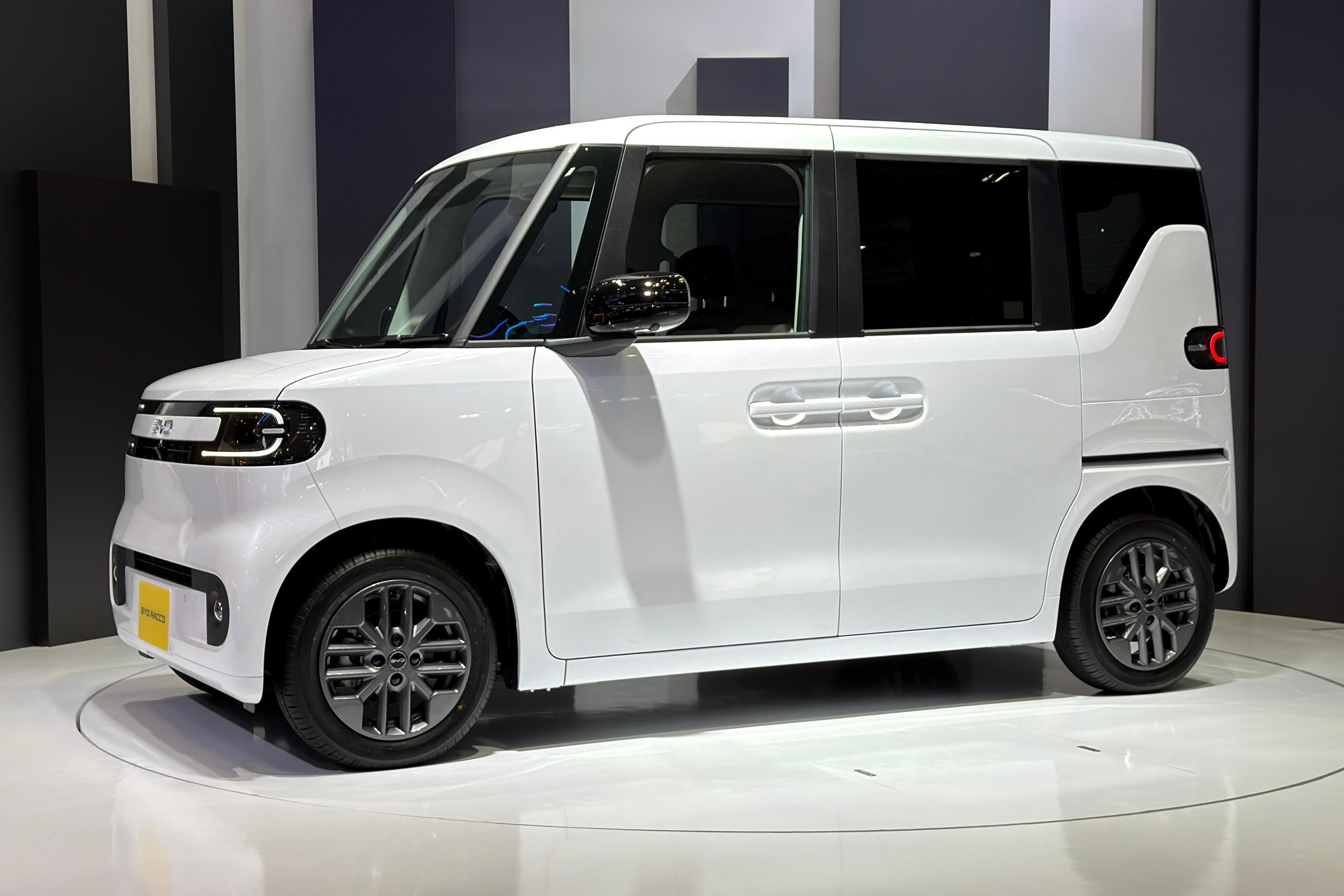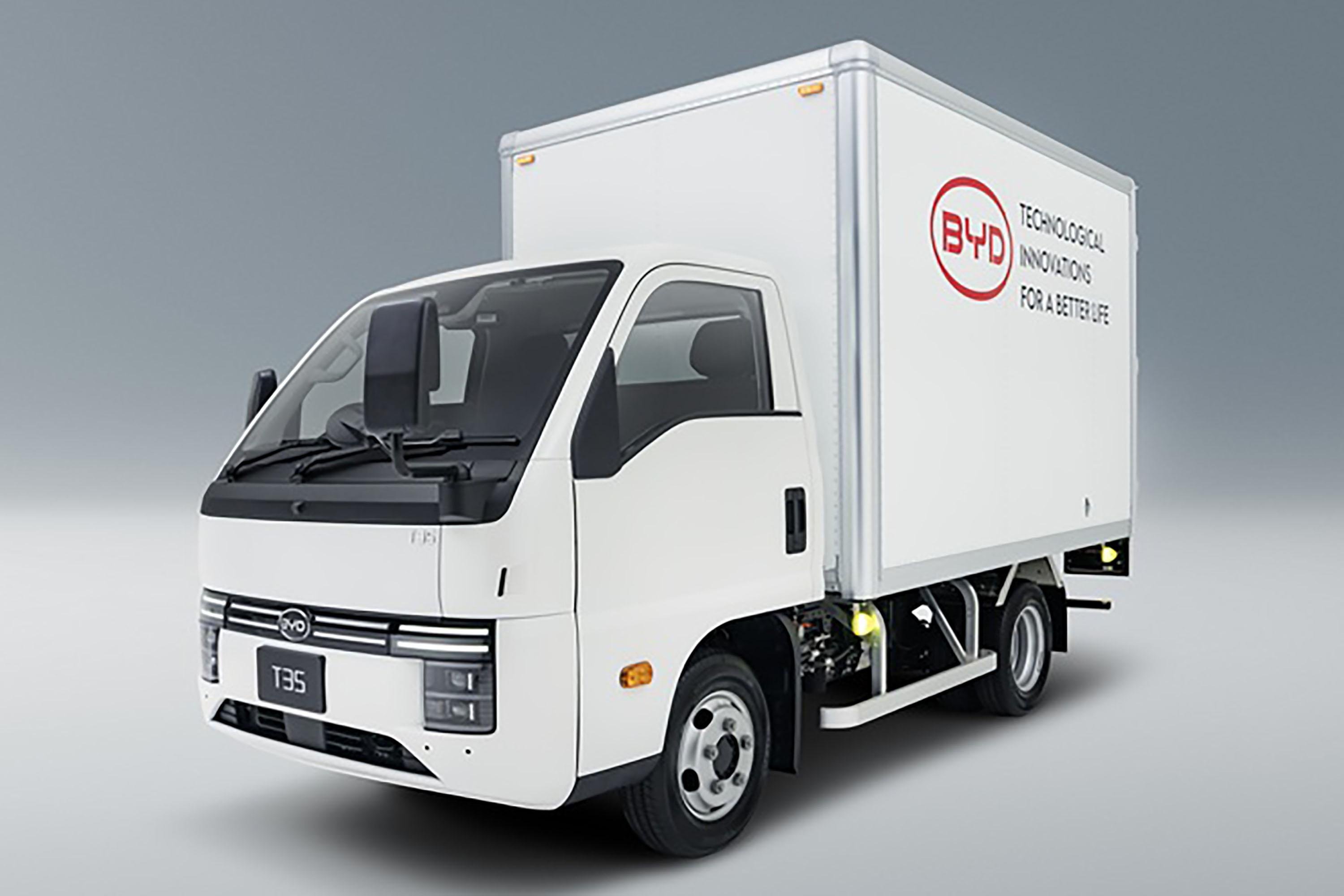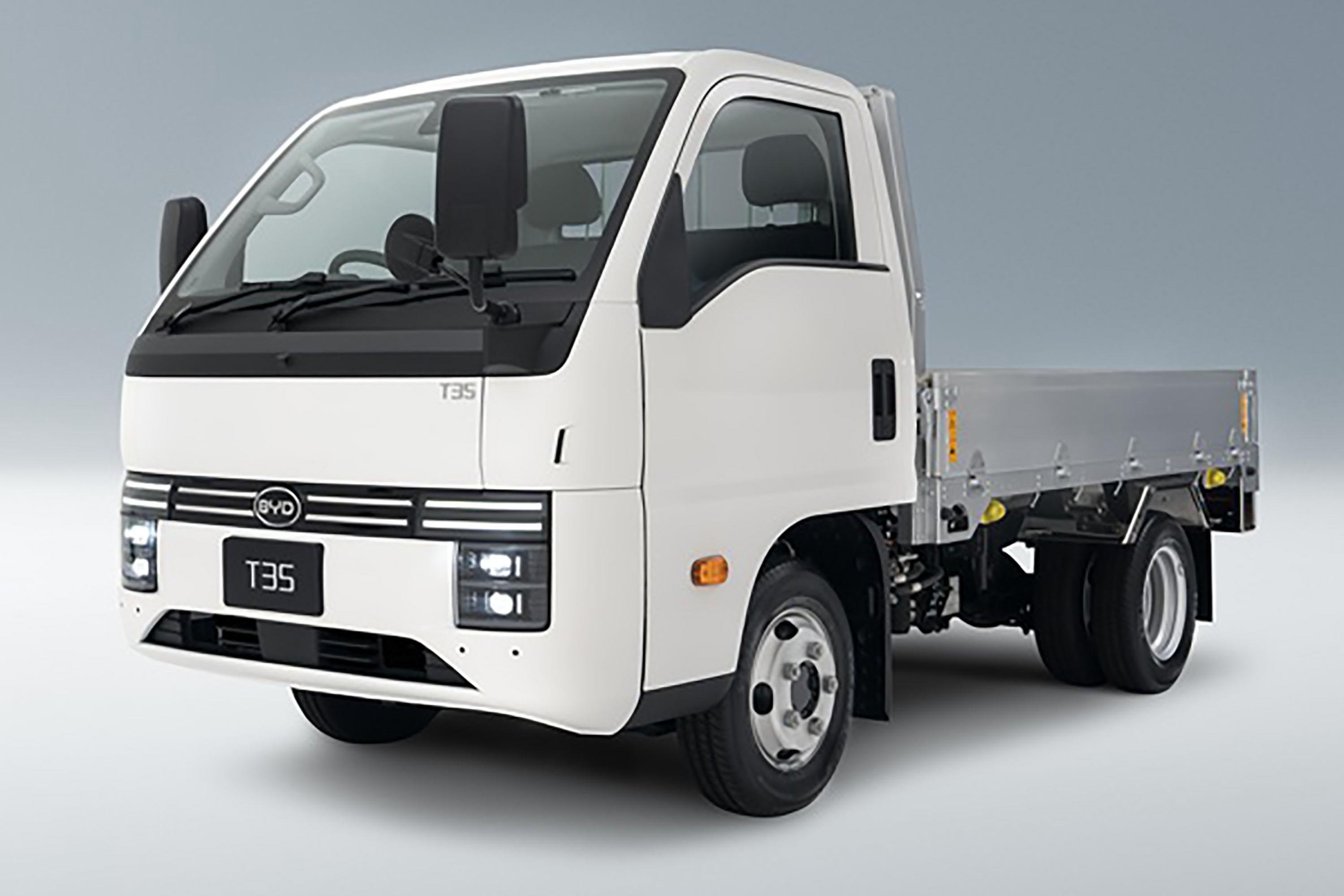Few foreign companies have sold cars to compete in Japan’s kei class. The BYD Racco goes one step beyond by being specifically designed for the segment.
Like others in its class, the Racco is a box on wheels that aims to maximise interior space within the strict space constraints. Its slab sides are alleviated by the subtle creases around the wheel arches and the C-pillar window kink.
The rounded headlights with their C-shaped driving light graphics, as well as the island of body-coloured plastic in the middle of the piano black plastic, give the Racco a cute face without going over the top.
CarExpert can save you thousands on a new car. Click here to get a great deal.

Measuring 3395mm long, 1475mm wide, and 1800mm tall, the Racco conforms with the Japanese government’s kei car dimension limits.
Its nearest competitors are the Nissan Sakura and the closely related Mitsubishi eK X EV, as well as the Honda N-One e: and just unveiled Super-One. Those cars are more traditional kei hatchbacks, standing 1.65m tall and featuring regular forward-hinged rear doors.
The Racco, on the other hand, is a kei people mover with its taller roof and sliding rear doors. Seating is limited to four people.
BYD has yet to reveal details about the Racco’s drivetrain but, in order to keep within the kei class rules, power will need to be limited to a maximum of 47kW.

BYD will offer short- and long-range battery packs, both with lithium iron phosphate (LFP) chemistry. Reports indicate the Racco one of these packs will be a 20kWh unit that yields 180km of range using the generous WLTC testing standard. The Sakura/eK X EV also has a 20kWh battery and 180km WLTC range.
According to Car News China, the Racco will support DC fast charging up to 100kW, and the climate control system includes a heat pump.
The website also understands the Racco will be priced from ¥2.6 million (A$25,000), a little bit above the Sakura’s ¥2.56 million starting price.
It will be interesting to see how the Racco fares on the sales chart. BYD is looking to expand its Japanese dealership count to 100 by the end of the year.


Few foreign automakers have offered vehicles in the kei class as the strict size limits make them too small for Europe and the US.
The most recent foreign competitor in the segment was the Smart ForTwo K, a special version of the diminutive two-door with a narrower track and fenders.
The other new vehicle on display at BYD’s stand is the T35, an electric truck that’s small enough to be driven on Japanese roads with a regular driver’s licence.
No specifications have been released so far, with the company only stating it’s equipped with the company’s Blade battery, and will be available with either flatbed tray or as a van.
BYD entered the passenger car market in Japan in 2023 – typically unfriendly territory for Chinese brands – and currently offers the Atto 3, Dolphin, Seal and Sealion 7.
The Chinese giant also sells a range of buses.
MORE: Explore the BYD showroom

